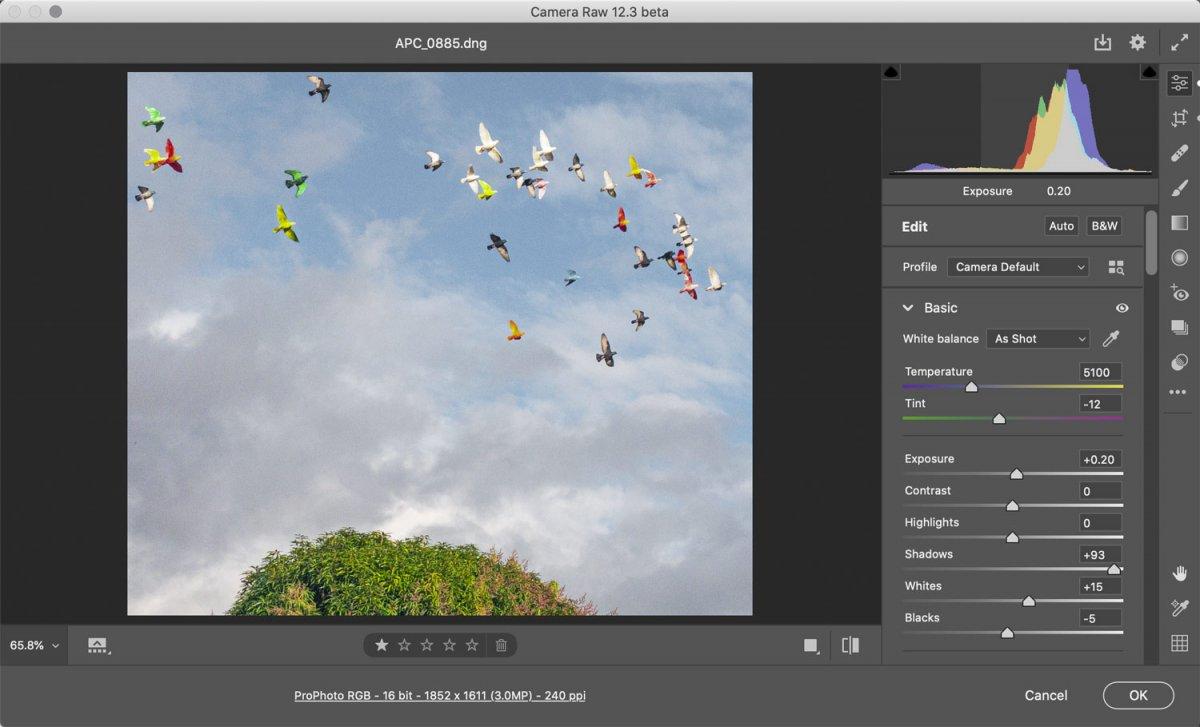

- #Adobe camera raw tutorial video how to
- #Adobe camera raw tutorial video 1080p
- #Adobe camera raw tutorial video install
- #Adobe camera raw tutorial video update
- #Adobe camera raw tutorial video manual
#Adobe camera raw tutorial video update
#Adobe camera raw tutorial video manual
That way all the updates will be automatic and much simpler than the manual method.
#Adobe camera raw tutorial video install

This is true if you have a brand new camera and an older version of Photoshop, or new Photoshop that hasn’t been updated. However, sometimes your camera and the software on your computer don’t quite sync up. Capturing images in RAW file format is far more flexible than capturing jpgs. Please read all the way down to the bottom of this page before trying anything, or before emailing me for answers. But you can’t get those raw files to open in Photoshop, Photoshop Elements or Lightroom! You’re ready to give up. Here’s the scenario: You just started shooting raw files because you need exposure insurance and white balance flexibility. Have you used it? Would you try it out, if you haven’t? We would, once we upgrade to Adobe CC… arghh… that’s a different post altogether.Camera Raw Tutorial Your problem: You can’t open your raw files! Let us know what you think of the tutorial above and ACR for video color correction in the comments below.
#Adobe camera raw tutorial video 1080p
For example, I prefer my images from my BMPCC to have a bit of softness to it (inherent by the Super 16mm sized 1080p sensor and my older Nikon and Tokina lenses), as to emulate film stock, but that’s just me. The GH4‘s 4K footage is already sharp enough, even too sharp in some cases, so use this tool with caution, as oversharpening can make your images look very video-ish and not pleasing. Now, depending on your shooting style and the type of footage you are grading, some footage can be softer than others. Second, Guilio points out he uses the Sharpening tool a lot for his videos. It’s another good reason to upgrade to CC (note to self: time to reconsider my hesitation towards subscription based models…). ACR works fine for stills in those versions, but not for video. First off, ACR supports video in CC (Adobe Creative Cloud) only, so if you have CS5.5 or CS6, it probably won’t work. GH4 4K Color Grading Tutorial – Adobe Camera Raw FOR VIDEO!! from Giulio Calisse on Vimeo.Ī few things to point out and keep in mind.
#Adobe camera raw tutorial video how to
Vimeo user Guilio Calisse did a very useful video tutorial on how to color correct your GH4 4K footage in ACR. Now, with that said, it will not replace a full-blown dedicated colour grading and delivery suite like DaVinci Resolve or Quantel’s Pablo, but it does the job for those quick colour grading jobs. Others, who come from mainly a video background, maybe a bit unfamiliar with the program.Īdobe Camera Raw, or ACR as it’s commonly abbreviated in the photography/video world has recently been upgraded to support various video formats for colour correction.ĪCR is easy to use and quote fast, which can save you a ton of time, if you’re looking for a fast grade on your project. For the photographers out there, you’re probably familiar with Adobe Camera Raw.


 0 kommentar(er)
0 kommentar(er)
